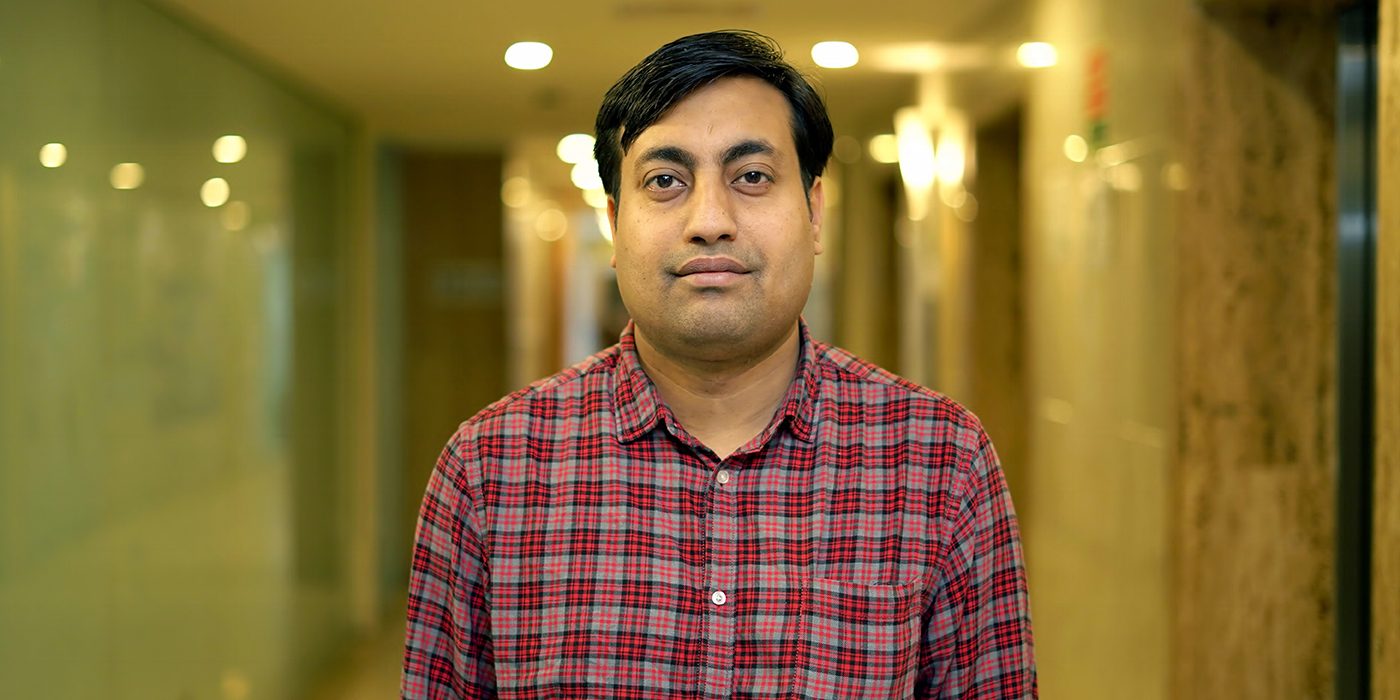
Meet Amritendu Bhattacharya, our Lead Biostatician
Amritendu Bhattacharya is the Lead Biostatician at The George Institute for Global Health, India. He has done his Post Graduate Diploma in Bioinformatics from the Institute of Bioinformatics and Applied Biotechnology (IBAB) Bangalore and MSc in Medical Statistics from Brookes University.
Q: What is your area of work and how does it help people lead healthier lives?
I work as a statistician. I am based out of the Delhi Office. I work closely with the different research teams primarily in developing the Statistical Analysis Plan (SAP) for the respective projects followed by developing the statistical reports (in the form of Tables, Listings and Figures). Most of the reports are on the data safety and intervention efficacy for each of the studies. I am also involved in sample size calculation and randomization list generation and validation for a few of the studies.
Q: In your opinion, what is the biggest challenge today when it comes to global health?
I will only add a note from a data perspective- one is lack of co-ordinated database per disease area that could provide an opportunity for data mining in order to answer some complex research questions or provide real-time help with disease prognosis. The other is a lack of coherence in big data mining techniques. Loss of clinical data and poor data integration are also issues. It is an evolving field.
Q: What motivates you most in your work?
The clinical and public health data provides an opportunity for implementing several statistical models and its an evolving field which provides an ample opportunity to learn. I am also very keen on developing automated tools for activities like randomization of trials. In general, I prefer this area of analyzing health data as a statistician.
Q: How did your career in health get started?
I started my career in the data management team of a major Pharma company and after four years I left to pursue a Masters course in Medical statistics. After completion, I have worked in 3 different Clinical research organizations (CRO) as a statistician before joining the George Institute for Global Health.
Q: What attracted you to working at The George Institute?
The George Institute is one of the best organizations in the world working in the public health domain. I was aware of the work being done in areas such as kidney dialysis and mental health. I was keen to get a chance to work in this domain and I am glad to be a part of the TGI.
Q: To explain to people what I do I say…
Once we receive the cleaned data for a project, we analyze the data as the statistical analysis plan (SAP) to find whether the primary objective and secondary objectives of the study are met. This could be to find whether one intervention is better than another or it could be if the survival time of patients is significantly better in one treatment group compared to others. Basically, the objectives drive the statistical analysis per study. We generate the results in the form of reports (Tables, Listings and Figures). Safety analysis reports for adverse events and physical examinations etc are also done. We also do sample size calculation and randomization list generation as required.

